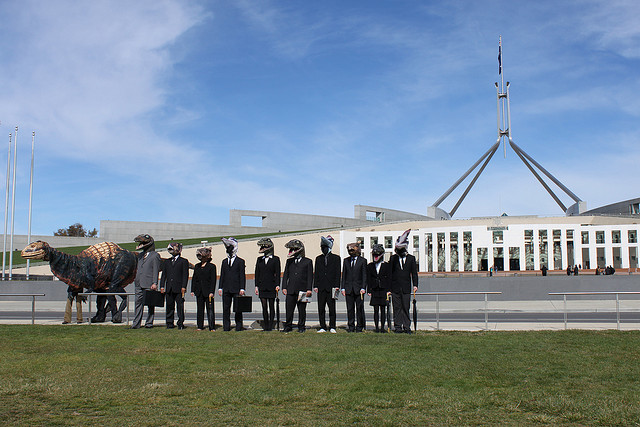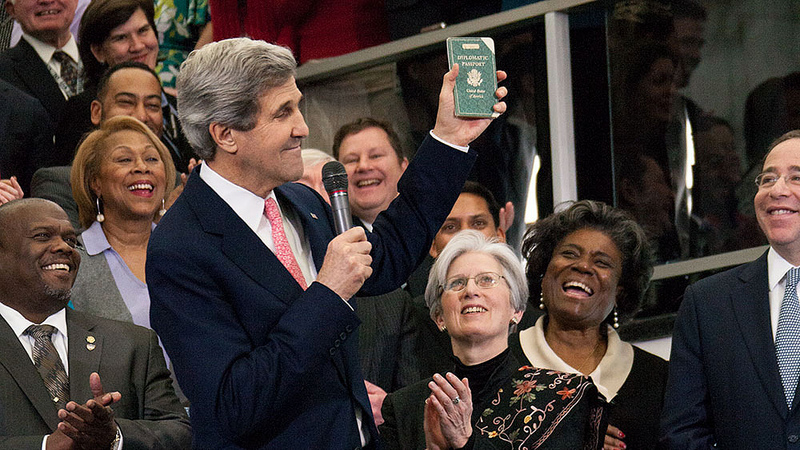Canberra: here one day, still here the next
The internal operations and habits of Canberra’s national security and intelligence departments have altered dramatically over the past four decades. The machinery went from manual to electric typewriters, and now from Microsoft into the Cloud. Smoking fell while women rose. The internal remaking of departments is mild when compared with the way the world beyond Canberra has shifted (breaking news: colonialism expired, as did communism.). But when it comes to the actual departments—names and roles—the rigidity is remarkable.
As my previous column remarked, Canberra’s institutional structure is little changed over 30 to 40 years. What Arthur Tange did to Defence in the 1970s and Justice Hope did to the intelligence community in his two Royal Commission reports in 1974–77 and 1984 remain the default settings.
The existing beasts have certainly evolved, but none have departed the jungle and new creatures are rare. Like the National Security Adviser before it, the Cyber Security Centre announced by the Prime Minister in her National Security Strategy should one day grow to have a distinct role in the jungle. For the next few years, however, the Centre will be an act of creation, with an identity to be formed by the struggle (tug-of-war, even) involved in getting the best out of the vastly different cultures and world views of the Defence Signals Directorate and the Attorney-General’s Department.
It’s theoretically possible for nerds, lawyers and cops to communicate, even co-exist, but co-habitation? Julia Gillard’s injunction about silo-busting will get an extended workout. History says the lawyers and the cops shouldn’t be too sanguine about lording it over the nerds. The Air Force thought it should own the new cyber domain, but in that previous bureaucratic dogfight it was outflown by DSD. Read more








